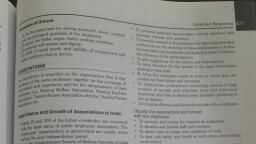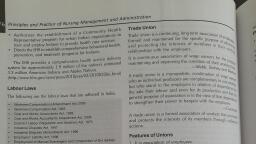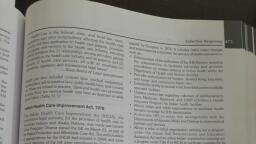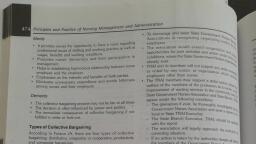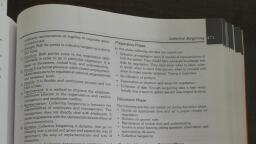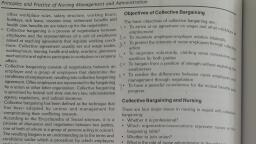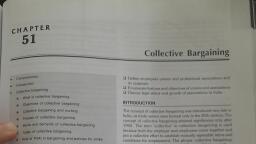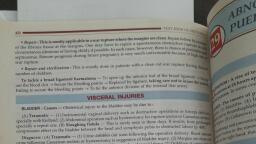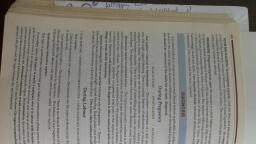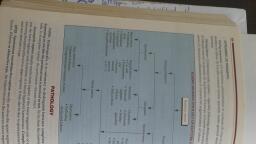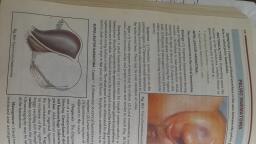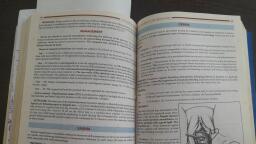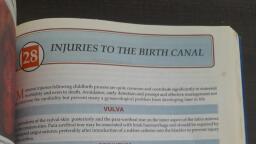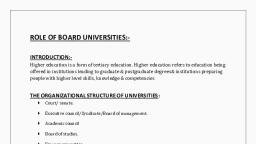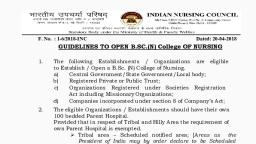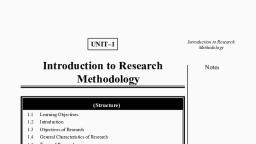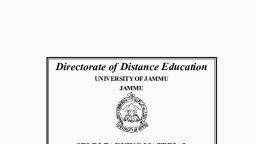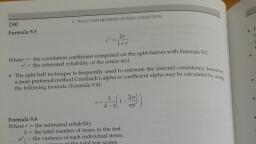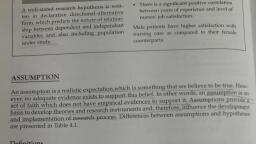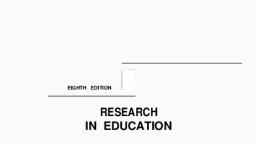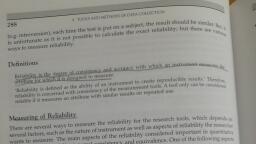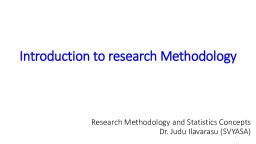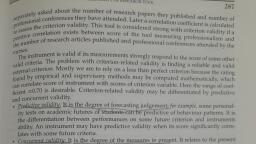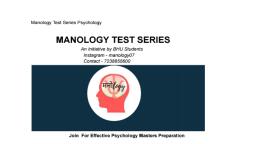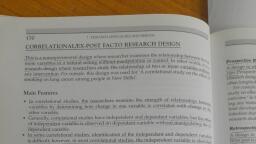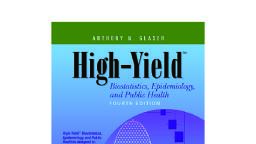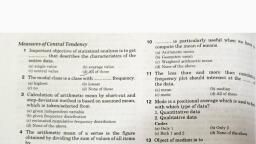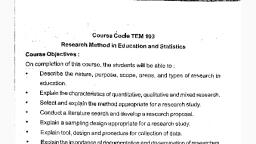Page 1 :
KELIABILITY OF RESEARCH TOOL ae, , e Interpretation of results: The results of the correlation coefficient ran, and +1.00, and the results are interrelated as follows:, e +1.00 score indicates prefect reliability,, e 0.00 score indicates no reliability., , e Ascore above 0.70 indicates an acceptable level of reliability of a tool., , ge between—1.00 through 0.0, , Formula 9.1: Karl Pearson’s correlation coefficient formula for.estimation of reliability:, , N2XY —(2X)(DY), , NX? = (2x?) NEY? —~(SYF, , In the above formula r= correlation coefficient, N= number of pairs of scores, {XY =, sum of the products of paired scores, SX = sum of X scores, YY = sum of Y scores, 5X2 =, sum of squared X scores, and SY? = sum of squared Y scores., , Internal consistency: It is also called homogeneity. Internal consistency ensures that-all-the, subparts Ofa research instrument measure the same characteristics. For example, a patient's, , satisfaction measurement scale developed to measure him or her satisfaction with nursing, care must include all the subparts related to the measurement of satisfaction with nursing, care only. It should not include patient's satisfaction measurement scale with other aspects, of care; including a subpart related to patient's satisfaction with health care would be inappropriate in this scale., , A research tools can only be considered internally consistent if all the subparts of the tool, are measuring the same characteristics or phenomena. One of the most primitive approaches, of assessing the internal consistency is the split-half technique. However, to cover its drawback as estimation tool of different correlation coefficient results with different combinations, of split-half (odd—even, first-half-second-half, etc.), this method is replaced by formulas that, compensate this deficiency, such as Cronbach’s alpha and the Kuder-Richardson formula 20., , r=, , Statistical Calculation (Split-Half Method, Procedure of calculating split-half reliability of research instrument involves following steps., , ° Divide items of a research instrument in two equal parts through grouping either in odd, number question and even number question or first-half and second-half item groups., , ° Administer two subparts of the tool simultaneously, score them independently, and compute the correlation coefficient on the two separate scores by using following formula (see, , formula 9.2)., Formula 9.2, tz 2(x = X)(y - 7), V3(x-¥¥ -Y(y-7, , it-half, to overcome the underestimation of reliability of entire scale, as the foren above has estimated reliability of only half items, the following formula, , ula 9.3) is used to estimate the reliability of entire test.



